- More than 740 households have built a shrimp - ecological forest value chain.
- Towards an environmentally friendly shrimp-forest model
- Applying technical advances to develop sustainable brackish water shrimp farming
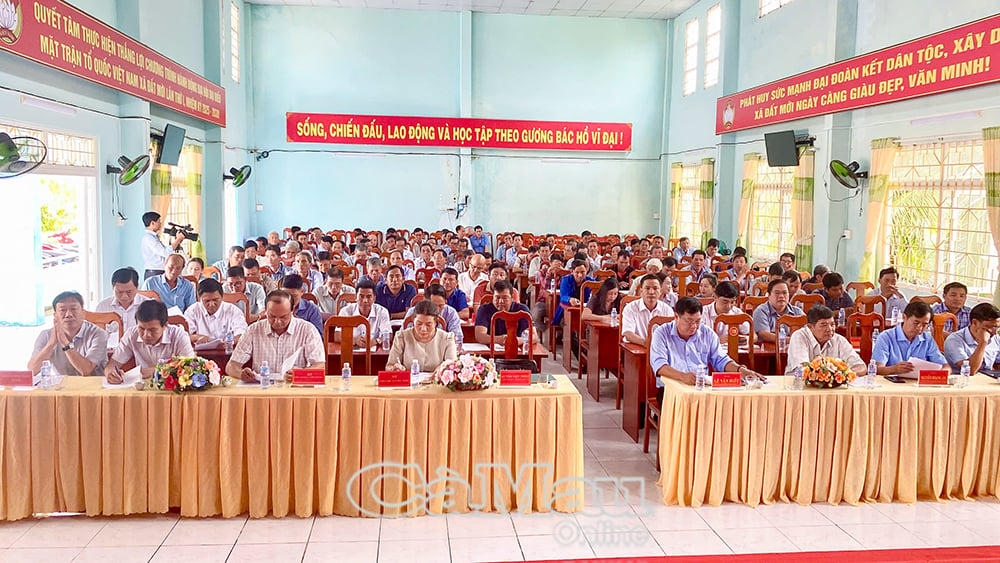 Delegates attending the conference.
Delegates attending the conference.
Since the beginning of the year, the total output of exploitation and aquaculture of Dat Moi commune has reached 10,991 tons, equal to 100% of the yearly plan; of which shrimp output reached 6,646 tons. The area of intensive and super-intensive shrimp farming reached 206 hectares, and improved extensive farming reached 5,825 hectares.
Currently, the commune has 4 cooperatives and 8 cooperative groups operating in the field of aquaculture . Many households have boldly applied science and technology and advanced farming techniques, contributing to improving productivity, reducing costs and limiting environmental impacts.
In particular, Dat Moi commune coordinated with the Department of Agriculture and Environment, Department of Science and Technology to deploy a super-intensive, recirculating white-leg shrimp farming model with little water change and biosafety RAS-IMTA at Mr. Doan Minh Trung's household, Xeo Sao hamlet, one of the first households to participate in phase 1 of the project.
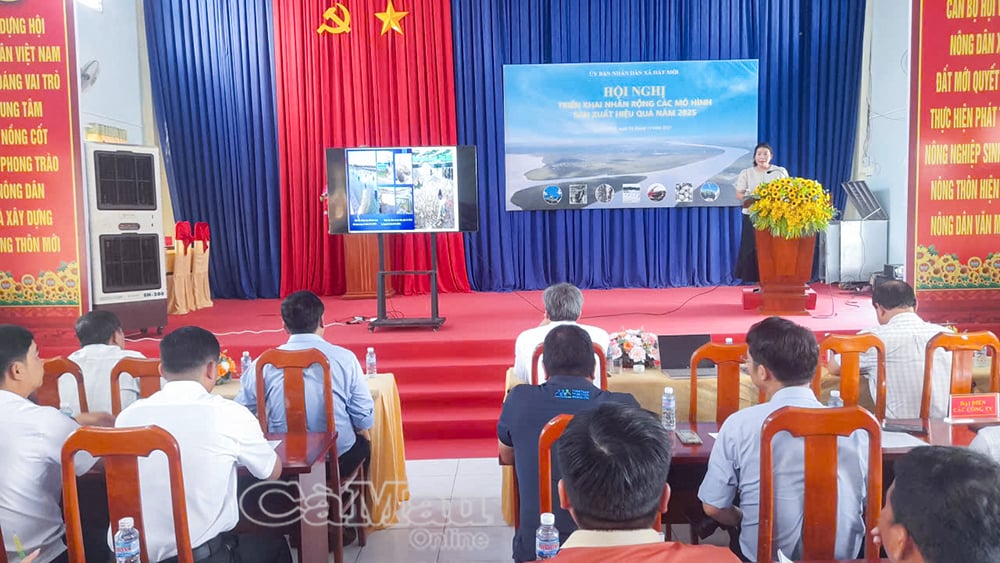 Ms. Mai Xuan Huong, Deputy Head of Science Management Department, Department of Science and Technology of Ca Mau province, spoke at the conference.
Ms. Mai Xuan Huong, Deputy Head of Science Management Department, Department of Science and Technology of Ca Mau province, spoke at the conference.
At the conference, Ms. Mai Xuan Huong, Deputy Head of the Department of Science Management, Department of Science and Technology of Ca Mau province, introduced the core contents and practical effectiveness of the RAS-IMTA model , emphasizing that this is an inevitable direction for modern shrimp farming, suitable for climate change conditions and circular agriculture trends.
The RAS-IMTA model applies a closed water recirculation system (RAS) combined with integrated polyculture (IMTA), in which shrimp waste is treated and reused for other farmed objects such as seaweed, fish, mollusks... helping to reduce environmental pollution, save water, stabilize pond quality and effectively prevent diseases.
Compared with the traditional method, the RAS-IMTA model reduces 80-90% of water replacement, increases productivity by 1.5-2 times, reaching 22-25 tons/ha/crop, while reducing disease risks and moving towards green, sustainable production, meeting export standards and contributing to the construction of advanced new rural areas.
Also at the event, the parties signed a memorandum of understanding on cooperation to implement the model between the People's Committee of Dat Moi commune, the Department of Science and Technology, De Heus Company Limited and participating households. According to the plan, in 2025, the province assigned Dat Moi commune to strive to replicate the RAS-IMTA model to 30 hectares, with an average yield of 22-25 tons/ha/crop.
 Delegates attending the signing of the memorandum.
Delegates attending the signing of the memorandum.
Promoting the potential of aquaculture economy, the People's Committee of Dat Moi commune will continue to promote the transformation of production towards modernization, coordinate with enterprises and scientific organizations, invest in infrastructure, develop collective economy, digital transformation in agriculture and protect the ecological environment, towards the goal of sustainable, efficient and biosafe agriculture.
Thanh Vu
Source: https://baocamau.vn/dat-moi-trien-khai-nhan-rong-mo-hinh-nuoi-tom-the-chan-trang-sieu-tham-canh-a123664.html


![[Photo] Ca Mau "struggling" to cope with the highest tide of the year, forecast to exceed alert level 3](https://vphoto.vietnam.vn/thumb/1200x675/vietnam/resource/IMAGE/2025/11/04/1762235371445_ndo_br_trieu-cuong-2-6486-jpg.webp)
![[Photo] Ho Chi Minh City Youth Take Action for a Cleaner Environment](https://vphoto.vietnam.vn/thumb/1200x675/vietnam/resource/IMAGE/2025/11/04/1762233574890_550816358-1108586934787014-6430522970717297480-n-1-jpg.webp)

![[Photo] Panorama of the Patriotic Emulation Congress of Nhan Dan Newspaper for the period 2025-2030](https://vphoto.vietnam.vn/thumb/1200x675/vietnam/resource/IMAGE/2025/11/04/1762252775462_ndo_br_dhthiduayeuncbaond-6125-jpg.webp)
![[Photo] The road connecting Dong Nai with Ho Chi Minh City is still unfinished after 5 years of construction.](https://vphoto.vietnam.vn/thumb/1200x675/vietnam/resource/IMAGE/2025/11/04/1762241675985_ndo_br_dji-20251104104418-0635-d-resize-1295-jpg.webp)

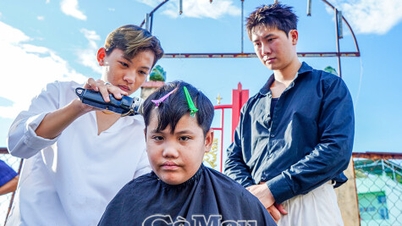
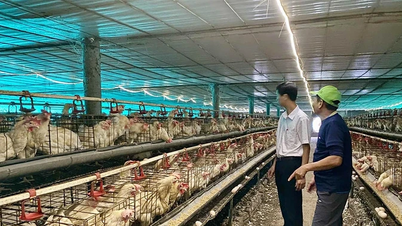

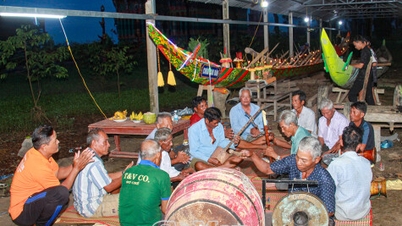

![[Photo] Ca Mau "struggling" to cope with the highest tide of the year, forecast to exceed alert level 3](https://vphoto.vietnam.vn/thumb/402x226/vietnam/resource/IMAGE/2025/11/04/1762235371445_ndo_br_trieu-cuong-2-6486-jpg.webp)

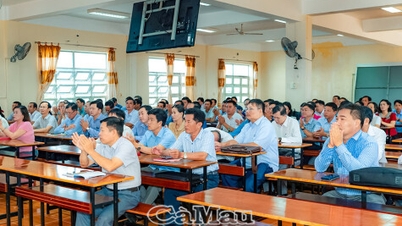


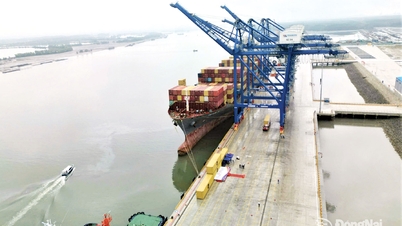






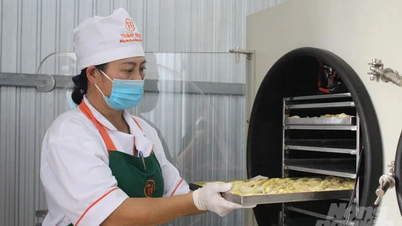





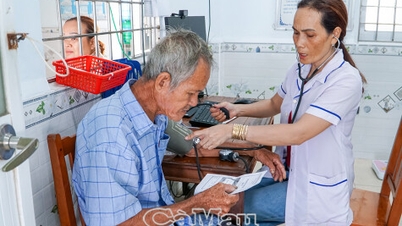



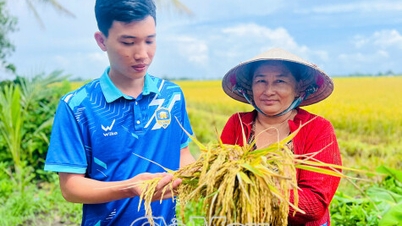
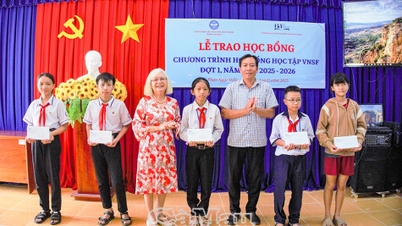




































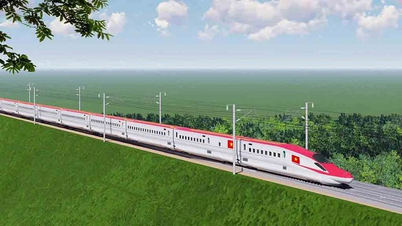
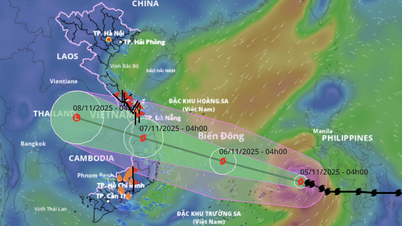

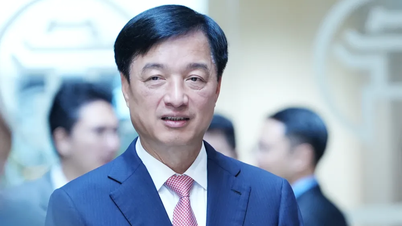


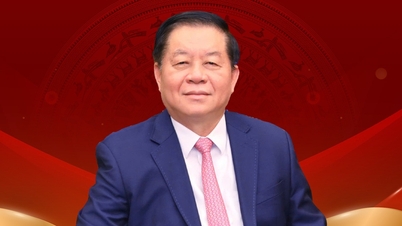









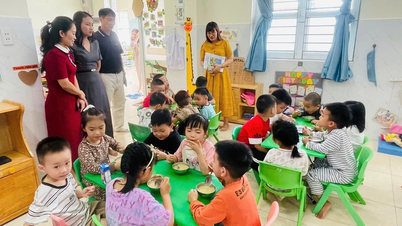





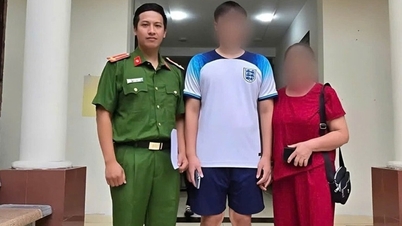

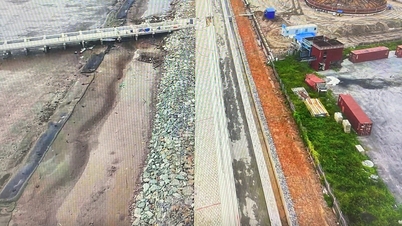














Comment (0)